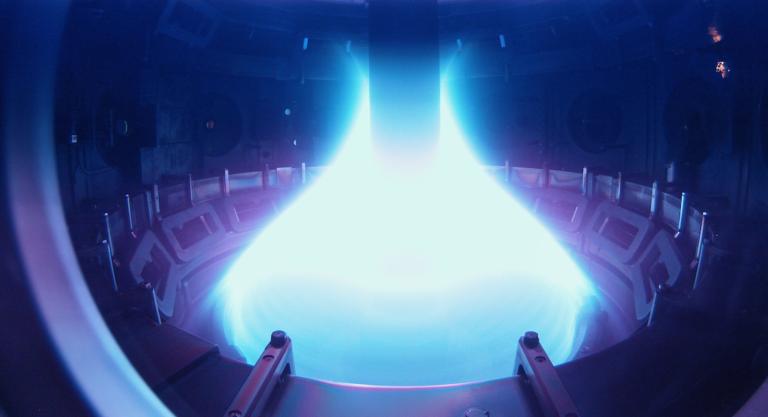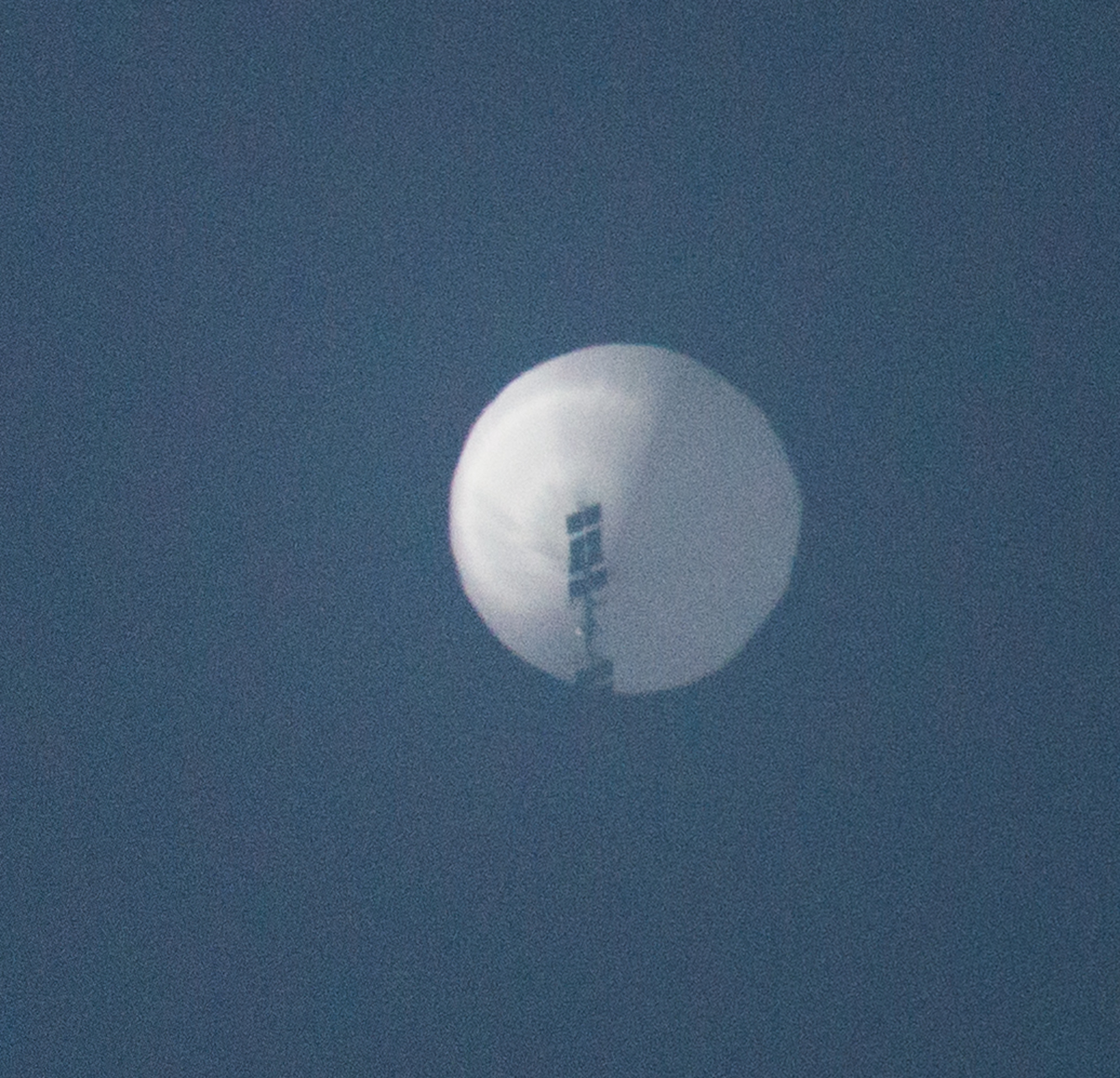
How far has nuclear fusion power come? We could be at a turning point for the technology
How far has nuclear fusion power come? A fusion of public and private investment appears to herald a new push towards developing the ultimate clean, limitless energy source.


 Dr Peter Layton
Dr Peter Layton
